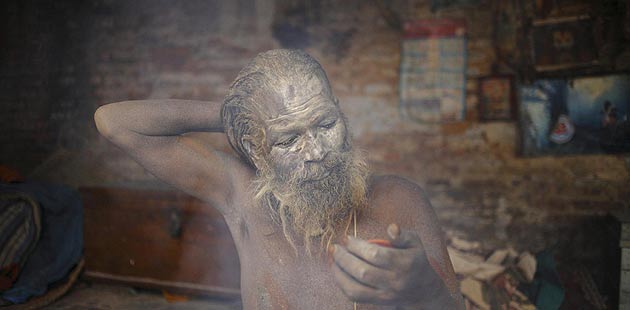Culture to be pillar industry
Updated: 2012-02-16 13:18
By Liu Wei (China Daily)
|
|||||||||
Govt outlines plans to develop arts, media and entertainment sectors
BEIJING - China will build a modern cultural industry system featuring innovative content and strong competitiveness, according to a national cultural development blueprint published on Wednesday.
China's cultural sector will gradually grow to become a pillar industry by 2015, Sun Zhijun, deputy chief of the publicity department of the Communist Party of China Central Committee, said at a news conference Wednesday on the release of the Outline of China's Cultural Reform and Development in the 12th Five-Year Plan Period (2011-15).
The blueprint calls for more innovative content and stronger competitiveness within the industry.
Zhu Zhixin, deputy director of the National Development and Reform Commission, elaborated on the aims of the outline.
"To encourage the development of the cultural industry is essential to restructuring and stimulating economic growth," he said.
"It is hard to see a revival in international markets in the short term, and against this background, China's domestic economy is at risk of declining. The cultural industry is not only energy efficient, but will also largely promote consumption and boost a lot of related industries."
Sun believes the cultural development plan is practical and backs his opinion with figures.
In 2010 the total value-added output of China's cultural industry was estimated at more than 1.1 trillion yuan ($170 billion), a growth of 221.3 percent on 2004, and accounted for 2.75 percent of Gross Domestic Product (GDP).
"According to the international standard, a pillar industry's revenue usually makes up 5 percent of a nation's GDP," he said.
"With the current growth of China's cultural industry, it is totally possible that we will see it grow to be a pillar industry by 2015."
The central government will put in more money to further boost the industry. Sun said government investment has increased by 23 percent annually since 2006.
In the next four years, the government will continue to invest in the industry, especially in the public sector.
Other goals include ensuring 99 percent of rural population has access to television and radio programs, and opening all libraries and museums to the public for free.
While continuing to support traditional sectors such as film and publishing, the government will also promote up-and-coming ones, such as animation, digital publishing and mobile multimedia.
The five-year development plan is further aimed at promoting good values among Chinese citizens.
"We will positively explore effective methods to guide public opinion, pursue justice and denounce evil ... strengthening ethics for society, professionals, families and individuals," stated the cultural reform and development program, urging a "sense of self-respect and credibility among citizens as well as a positive and rational way of thinking and doing things".
According to the outline, "the cultural environment should be cleansed so as to ensure the healthy growth of young people."
It also called for the construction of cultural activity venues and more instructive cultural products for children.
Moreover, the outline encouraged innovation of social science research methods with plans to set up "a batch of think tanks" and key state-level laboratories for social science researchers.
The outline said China will give more support to medium- and small-sized cultural enterprises and enterprises that own intellectual property rights (IPR). The country should promote independent innovation, develop key technologies with proprietary IPR and accelerate the conversion of scientific innovation into real products, it added.
Xinhua contributed to this story.
Related Stories
Culture industry zones with distinct features and strong connections 2011-05-18 14:10
China's cultural industry to develop speedily 2011-05-12 17:10
Seminar on creative industries in Beijing 2011-11-24 14:11
Debate: Cultural industry 2011-11-21 08:01
- Accenture opens lab for R&D
- Culture to be pillar industry
- Third-party auto insurance open to foreign firms
- Wen vows to speed up fiscal, financial reforms
- Alibaba seeks Yahoo CEO after talks: insider
- Experts: EU statement opens door to status
- China's FDI falls 0.3% in Jan
- Assembling ideas for Ikeas in China









